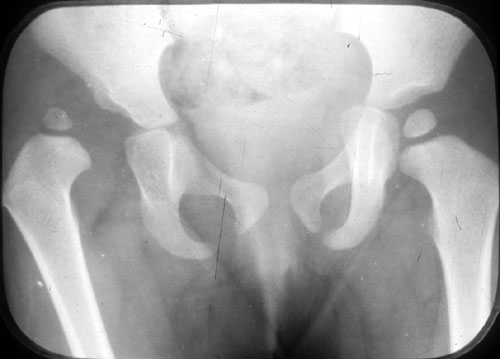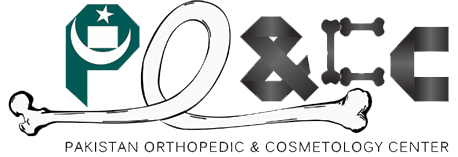
Hip Deformities & Reconstruction
At POACC, pediatric orthopedic surgeons treat hip disorders in children of all ages, from neonates to adolescents with hip dysplasia, Legg-Calve-Perthes Diease, slipped capital femoral epiphysis (SCFE) and avascular necrosis.
Evaluation & Diagnostic Care
Developmental dysplasia or congenital hip/joint abnormalities are found at birth. If this occurs, our orthopedic surgeon will get a complete prenatal and birth history and look for any hereditary indications. Early detection is important for successful treatment.
Non-Surgical Treatment
Non-surgical treatment is often the first step in correcting hip deformity conditions, especially in hip dysplasia. Non-surgical treatments include:
Pavlik harness
The Pavlik harness is used on babies up to 6 months old to prevent the hip from moving out of the socket, but allowing the legs to move a little. The harness is usually worn 24/7 for at least six weeks and then 12 hours a day for six weeks. Follow-up visits are important to examine the baby’s hip and adjust the harness as the baby grows.
Traction and Casting
Traction uses force to stretch the soft tissues around the hip in a specific direction to allow the femoral head to move back into the hip socket, and is usually on a pulley mechanism above the bed. Traction is most often used for approximately 10 to 14 days. A cast is then put on to hold the hip socket in place
Closed Reduction & Spica Cast
If hip dysplasia is diagnosed after age 2, closed reduction may be required to put the hip back into place manually, without cutting into the skin. A spica cast, worn for three to six months, will then be put on the baby to hold the hip in place, until the hip returns to normal placement. A special brace and physical therapy will most likely be necessary to strengthen the muscles around the hip and leg after the cast comes off.
Surgical Treatment
Persistent hip symptoms can lead to hip damage, because wearing out of cartilage inside the hip joint becomes permanent. Corrective surgery can treat a hip abnormality.
If you would like your symptoms diagnosed or evaluated, or would like to explore our treatment options , contact our clinical coordinator at POACC.

